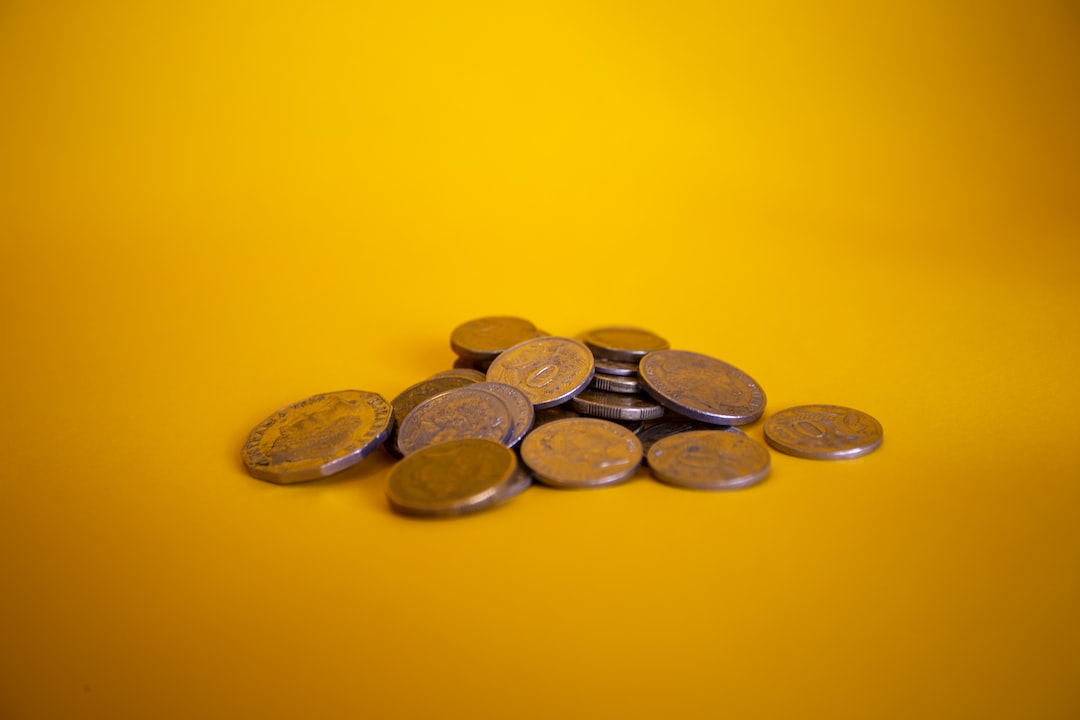Forex trading is a complex and dynamic field, where traders must balance the risks and rewards of their trades to achieve profitability. One of the key concepts in forex trading is the risk-to-reward ratio, which helps traders determine the optimal level of risk they should take on in each trade. In this article, we will explore what the optimal risk-to-reward ratio is in forex mathematics and how traders can use it to improve their trading performance.
What is the risk-to-reward ratio?
The risk-to-reward ratio is a measure of the potential profit and loss of a trade, expressed as a ratio. It helps traders assess the potential risks and rewards of a trade before they enter it. The ratio is calculated by dividing the potential reward by the potential risk.
For example, if a trader is considering a trade that has a potential reward of $100 and a potential risk of $50, the risk-to-reward ratio would be 2:1. This means that for every $1 risked, the trader expects to make $2 in profit.
Why is the risk-to-reward ratio important?
The risk-to-reward ratio is important because it helps traders manage their risk and avoid making trades that are too risky. By calculating the ratio before entering a trade, traders can see whether the potential reward justifies the potential risk.
For example, if the risk-to-reward ratio is 1:1, the potential reward is equal to the potential risk. This means that the trader would need to be right 50% of the time to break even. If the ratio is 2:1, the trader would only need to be right 33% of the time to break even. By using the risk-to-reward ratio, traders can ensure that they are only taking on trades that have a favorable risk-to-reward ratio.
What is the optimal risk-to-reward ratio?
The optimal risk-to-reward ratio is the ratio that maximizes a trader’s profitability over the long term. In general, a risk-to-reward ratio of 2:1 or higher is considered to be optimal for forex trading. This means that for every dollar risked, the trader expects to make at least $2 in profit.
However, the optimal risk-to-reward ratio may vary depending on the trading strategy and the trader’s risk tolerance. For example, a more aggressive trader may prefer a higher risk-to-reward ratio, while a more conservative trader may prefer a lower ratio.
How to use the risk-to-reward ratio in forex trading
To use the risk-to-reward ratio in forex trading, traders must first identify the potential reward and potential risk of a trade. This can be done by analyzing the market and using technical and fundamental analysis to identify potential entry and exit points.
Once the potential reward and potential risk have been identified, traders can calculate the risk-to-reward ratio using the following formula:
Risk-to-Reward Ratio = Potential Reward / Potential Risk
If the risk-to-reward ratio is less than 2:1, traders may want to reconsider the trade, as the potential reward may not justify the potential risk. If the ratio is 2:1 or higher, the trade may be worth considering, as the potential reward is greater than the potential risk.
Traders can also use the risk-to-reward ratio to set their stop-loss and take-profit levels. For example, if the potential reward is $100 and the potential risk is $50, a trader may set their take-profit level at $200 and their stop-loss level at $100. This would give them a risk-to-reward ratio of 2:1.
In conclusion, the optimal risk-to-reward ratio in forex trading is a ratio of 2:1 or higher. By using the risk-to-reward ratio, traders can manage their risk and avoid taking on trades that are too risky. Traders can also use the ratio to set their stop-loss and take-profit levels, which can help them maximize their profitability over the long term.






